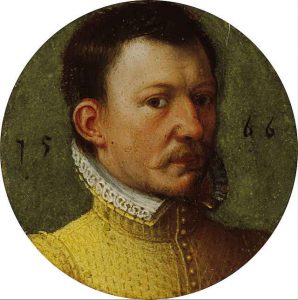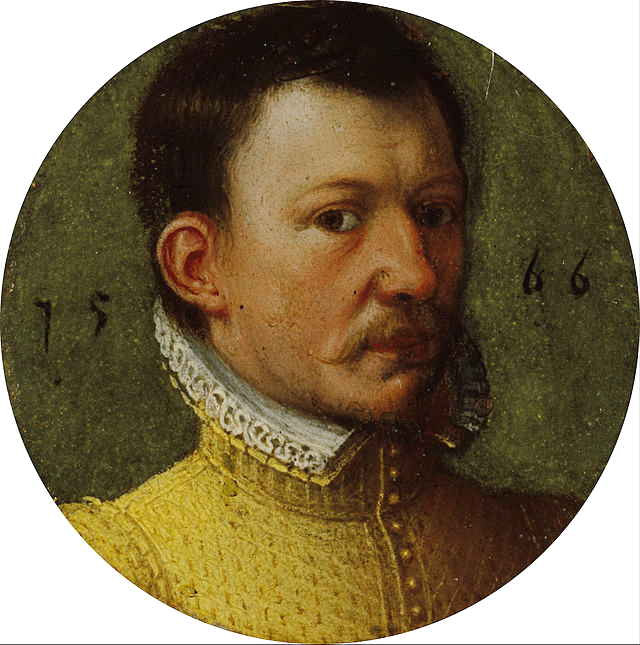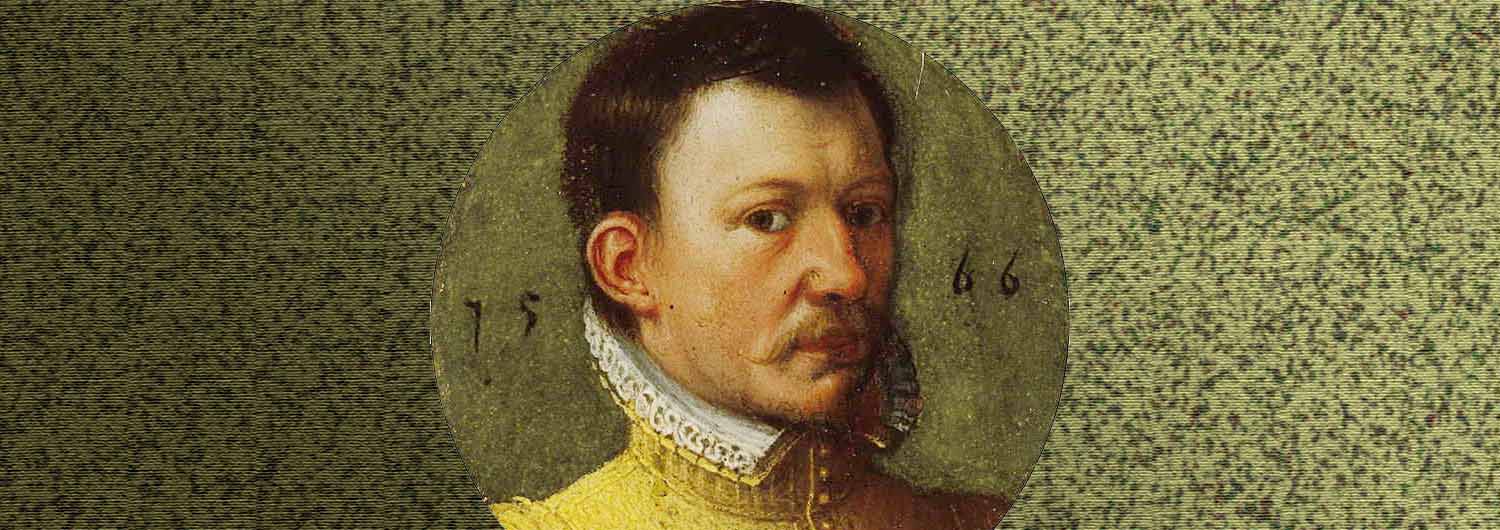It’s funny how information leaps out at you when you have been sensitised to it. I must have read it before, but I just realised Bothwell was in Brussels in August 1565. James Hepburn, fourth Earl of Bothwell and Hereditary Admiral of the Scottish Navy to be correct. He’s a character I want to use in the fourth book of Elin’s Story. I’ve been looking for a way to bring him into the novel at least tangentially earlier on so his reappearance won’t be too much of a surprise.
Bothwell: The Queen’s Man

In the title of one of his biographies that I have in front of me, Bothwell was The Queen’s Man. The Queen being Mary Queen of Scots, whose tragic story of utter incompetence is a foil to the story of her hyper-competent cousin Queen Elizabeth of England. Bothwell was nominally a Protestant and Mary a Catholic. But their mutual interest in a Scotland independent of England overrode religious differences. Bothwell seems to have tried to support the Queen as Scotland’s best hope.
That said, in truth navigating Bothwell’s motives is tricky not least because – as with Mary herself – his biographers tend to be highly partisan. He is the villain who murders Mary’s second husband Lord Darnley and gets away with it. Who then forces Mary to marry him as her third husband after having kidnapped and raped her. Alternatively, he is her loyal man of action who rescues her from her loveless marriage and finally sweeps her off her feet.
No good ending
Neither story ends well, of course. Mary loses Scotland, lives for years under house arrest in England and is eventually beheaded in 1587. Bothwell, fleeing Scotland by sea, washes up in Norway. There his first wife (yes, really!) accuses him of adultery among other things and has him incarcerated. Moved to Copenhagen, he eventually dies in the dungeons of Dragshölm, probably insane, in 1578.
The fourth book of the Elin’s Story series is going to be partly a tale of spying and mistrust. It’s set in the middle of the 1570s and one feature of it will be a plot to spring the Earl from prison in Copenhagen in order to have him lead a Scottish army into England to liberate Mary. I want my heroine to have met the Earl beforehand. In August 1565 Elin was a 15-year-old maid in the service of Princess Cecilia Vasa. The Princess, heavily pregnant, had just reached Emden in the north east corner of the Netherlands. She was staying there as she waited for a formal invitation to visit England.
Fortunately, very little is known about the Earl of Bothwell’s movements in August, beyond the fact that he visited Brussels for a meeting. Presumably he then took a boat from somewhere on the coast, because he made landfall in Scotland on the 17th September 1565. So, plenty of scope to bring him north to Emden.
The Vadstena Brouhaha
Meanwhile, the Princess Cecilia and her “family” – as the party are called in the records – were enjoying the hospitality of the Lady of Emden. The Lady was Katarina Vasa, married to Count Edzard II of East Friesland. That must have been awkward at times. Cecilia and Edzard’s brother Johan had had an affair in Vadstena soon after Katarina and Edzard married. Johan was caught with his pants down. Literally. He was severely beaten and very possibly castrated by Cecilia’s brother Erik, now (in 1565) King of Sweden. (All this went down in Swedish history as Vadstenabullret. Best translated, I think, as “the Vadstena Brouhaha”.)
Of course East Friesland was pretty solidly Protestant – in fact Calvinist – at this time, and unlikely to be an easy place for Bothwell to drum up support for his cause. Also Princess Cecilia was in 1565 still infatuated with Queen Elizabeth and all things English and so not likely to be interested in entertaining Bothwell’s ambitions. On the other hand Cecilia certainly had an eye for handsome men and Bothwell must have had a magnetic personality to go with his good looks. In less than a year, Cecilia had swung around to hatred of England and the English. Later in life she even converted to Catholicism for political reasons. Could Bothwell have planted a seed? Conviction could be fluid in the 1500s. (As indeed today.)
Bothwell and Elin in Antwerp
But I don’t have to take Bothwell all the way to Emden. The capital of the Spanish Netherlands – the political unit that included the modern Netherlands, Belgium and Luxembourg in 1565 – was Antwerp and I know that the Princess and her family, with Elin as one member, passed through Antwerp on their way to Calais at the end of August. They were five days Antwerp, so here is another place where their paths might have crossed with Bothwell’s.
All this research. What a lot of fun! But wouldn’t it be better to get on with the bloody story?

The original of the illustration, a miniature painting on a copper medallion, is held by the National Galleries of Scotland in Edinburgh. This jpeg is taken from the collection at the Google Art Project here.
This article was written for the #Blogg52 challenge.


Research is one of the best parts of writing. Like a starter, before the main course.